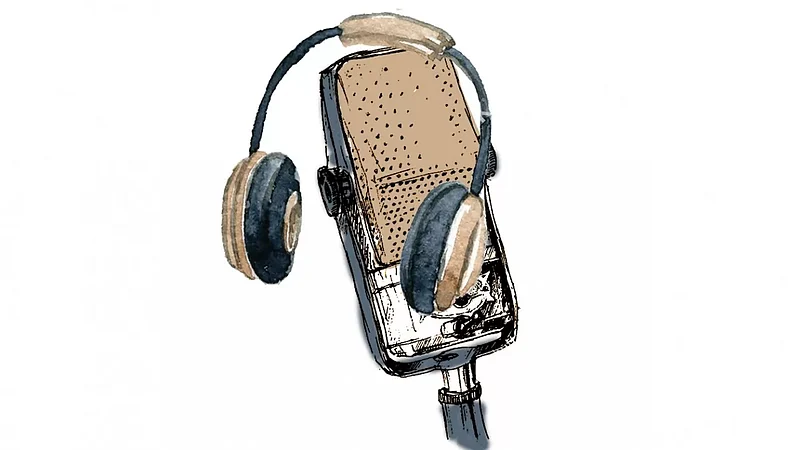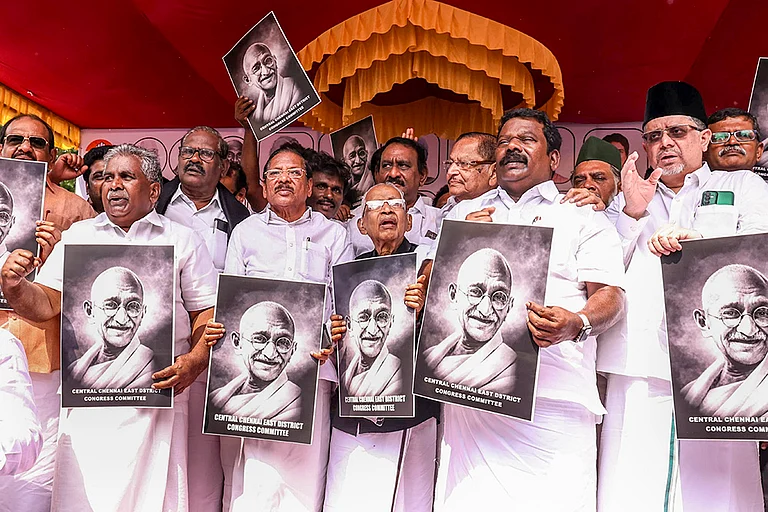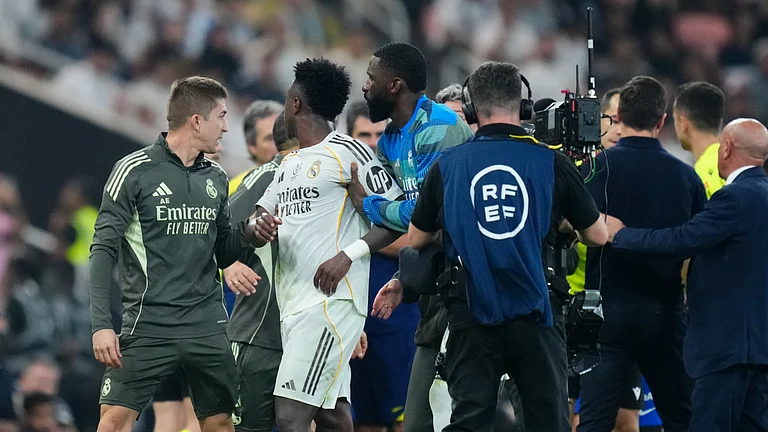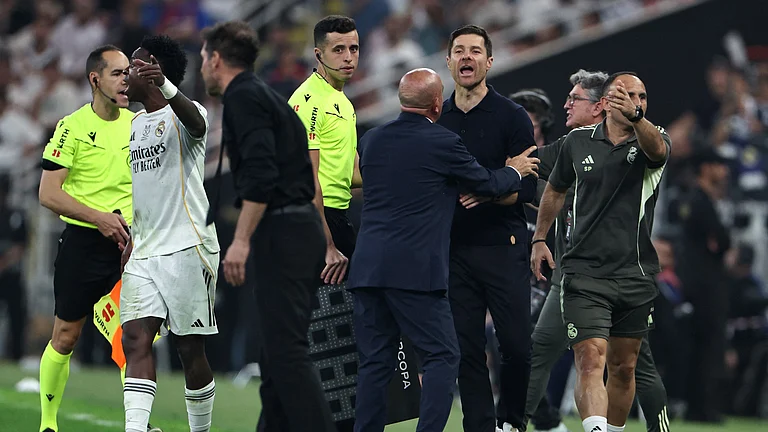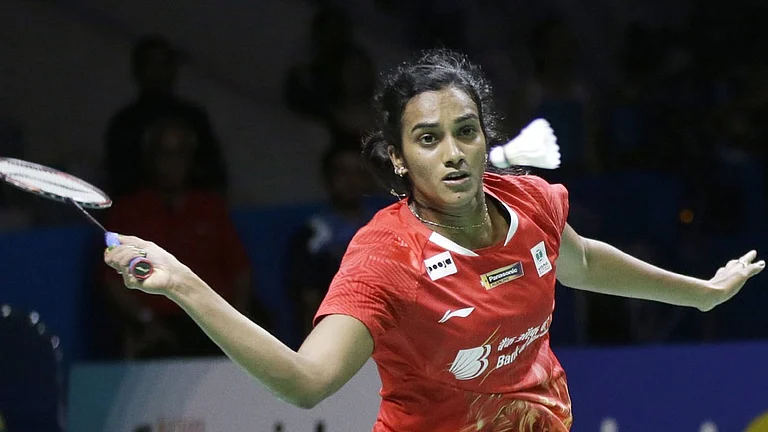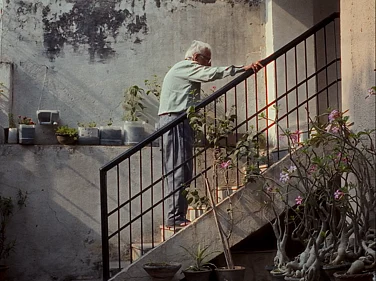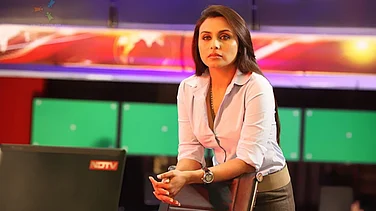What do Pushpa: The Rise Part 1, K.G.F. Chapter 2, RRR, and Baahubali parts 1 and 2 have in common with Spiderman Homecoming, Avengers: Endgame, Fast & Furious: Hobbs & Shaw and The Jungle Book? They are some of the highest grossing Hindi films in India over the last decade. While the practice of dubbing films across various Indian languages has been taking place in India since the arrival of sound in the 1930s, it is in the 1990s that inter-lingual dubbing became more prevalent with the expansion of satellite television, a resurgence in theatrical attendance and the desire on the part of mainstream filmmakers to tap new markets. The 1990s also marked the beginning of a consistent presence of dubbed Hollywood films in India with the unparalleled commercial success of the Hindi dub of Jurassic Park in 1994. All of the major animated, action, superhero, horror and science fiction films are now released theatrically in India in their dubbed Hindi, Tamil and Telugu versions. Since 2012, Hollywood films dubbed in Hindi have been steadily making a mark at the domestic box office and earning profits for their Indian distributors.
The tremendous—and sometimes unanticipated, for example, in the case of Pushpa, KGF or The Jungle Book—the success of south Indian and Hollywood films in their Hindi versions has sparked a lot of commentary and speculation about the Hindi film industry losing its touch with audiences. Many factors of these dubbed films have been celebrated and offered as reasons for their success, such as their superlative VFX, breath-taking action sequences, strong plots and, in the case of south Indian films, a style of storytelling neglected by Hindi cinema. However, one factor has been mostly overlooked, which is the labour of dubbing professionals. I am not only referring to voice artists but also to dubbing directors, script writers and recording engineers who work tirelessly to translate, adapt and render both intelligible and audible content that was originally created in a different language and conceived for a different audience.
Dubbing professionals, especially voice artists, may not seem to fit in the category of below-the-line workers. Though voice artists may be invisible, they are certainly audible. In countries, such as France, Germany and Italy, which have a long dubbing tradition, their voices are instantly recognisable, like playback singers in India. The goal of dubbing, on the other hand, especially when it is across languages and thereby across cultures, is to be imperceptible. The mark of a successful dub is when viewers forget or do not even realise that the film, TV show or web series they are watching has been dubbed from another language. In other words, dubbing professionals strive to erase the presence of their labour. In this way, dubbing professionals are similar to other media workers who labour tirelessly to create content but whose contributions often go unnoticed by viewers.
While researching for a book I am writing on the relationship between Hindi and English in Bollywood, I spent time in a dubbing studio in Mumbai and was able to observe firsthand the immense effort, skill, talent and dedication that go into dubbing content across languages. Dubbing requires a great deal of vocal, linguistic, cultural and technical expertise on the part of script writers, dubbing directors, voice artists and recording engineers.
The first step is for the script writer, dubbing director and recording engineer to preview a film in the dubbing studio and begin the discussion about how to adapt and if possible, to localize the humour and pop culture references. In order to safeguard against piracy, Hollywood films are delivered electronically on a secure server to the dubbing studio and script writers are allowed to see films there only. After the writer views the film, he or she is given the original English script as the source text from which to write the dubbing script. The word most commonly used by dubbing script writers to describe their work is ‘transcreate’ rather than ‘translate’, for they feel that a literal translation can never be successful either linguistically or culturally. Bollywood screenwriter Mayur Puri, who started writing dubbing scripts in 2015 for Disney films, including The Jungle Book, explained that it was more important to translate emotions than words. He gave the example of how for The Jungle Book he translated ‘red flower’, which was the way the animals referred to fire, as ‘rakt phool’ rather than ‘laal phool’. Since the term ‘red flower’ evoked a sense of mystery, beauty and fear from the animals’ perspective, Puri pointed out that if he had literally translated the term as ‘laal phool’, the effect would have been comical, whereas ‘rakt phool’ or ‘blood flower’ evoked both a sense of beauty and threat.
Once the script and voice actors are in place, the dubbing commences. Depending on the length of the film and number of speaking parts and dialogues, the process can take anywhere from three days to two weeks to complete. What becomes apparent from observing actual dubbing sessions is that the task of translating and adapting a film is also carried out by the dubbing director and voice artist. Not being able to consult the film while working on the script makes it difficult for writers to draft one that resolves the problem of synchronisation. Dubbing directors and voice artists frequently have to change and improvise dialogues to fit the lip sync and length of utterances on screen so that the script serves more as a skeletal outline than a definitive and authoritative text.
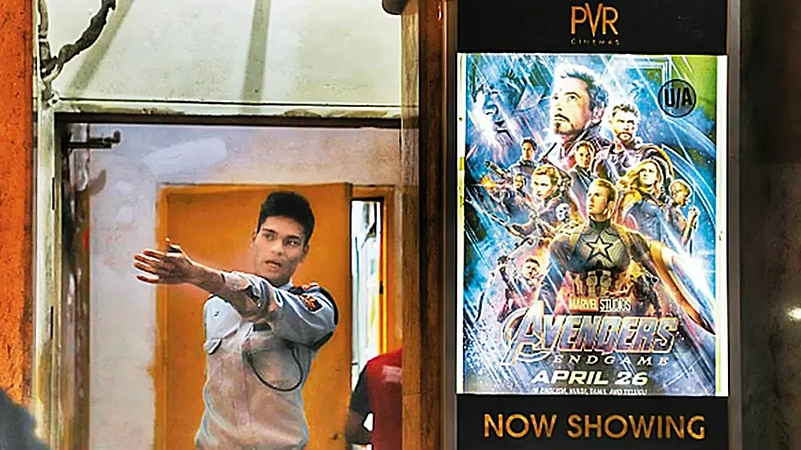
The close attention to lip sync and timing is connected to the broader goal of making the dubbed film appear and sound as natural and conversational as possible. Divya Acharya, a former dubbing director at Sound & Vision India, a pioneer in the dubbing of Hollywood films into Hindi, described the effort undertaken to erase the traces of dubbing, this way, “We try to make it as believable as possible that this was the original work, which is why we also pay close attention to the closed lips: p-ph, b-bh. Wherever there is a close-up shot and somebody has said a word in closed lip, we try to match it with an equivalent in our language where there is a closed lip, so that it looks more natural.”
Dubbing involves a great deal of rehearsals, takes and retakes and is a very repetitive and painstaking process. The dubbing director and recording engineer have to pay attention not only to issues of synchronisation and language but also to sonic quality. Their aim is to have the vocal track free of any extraneous sounds. I observed many instances when a line had to be redone because of misplaced breaths and a variety of minute sounds—referred to as ‘clicks’, ‘nose noises’ and ‘snorts’—made naturally during speech.

With such meticulous attention to detail, simply having a good voice is not enough to be successful as a voice artist. For Sanket Mhatre, who has voiced for Ryan Reynolds, Matt Damon, Brad Pitt, Robert Pattinson and Allu Arjun, among many other Hollywood and south Indian stars, the multitasking of physical and sensory skills involved in dubbing is analogous to swimming. “You’re standing with a script in front of you. You have headphones on. The left ear is listening to the original pilot that is being played; the right ear plays back what you are saying. You are reading off a script and you are trying to pause and talk along with the lips of the character that you are watching on screen,” he said. In addition to all the sensory and mental coordination required, Mhatre emphasised that voice artists have a harder job than conventional actors because they have to act without the benefit of a process to get into character, having anyone to respond to or anyone reacting to them.
Mona Shetty, head of Sound & Vision India, an experienced dubbing director and voice artist, drew a distinction between acting in a film and dubbing for a film. She has voiced for the likes of Angelina Jolie, Halle Berry, Kirsten Dunst and numerous other Hollywood, Bollywood and south Indian stars. “In the movies, actors try to get into a character but primarily they are themselves. They don’t have to conform to anything. In dubbing, you have to conform to what you see. You can’t ignore what you have on screen. You have to follow that. At the same time, you have to localise it enough for somebody to understand. You are limited by the visual. You are limited by body language. You are limited by performance, by length, timing and spoken meter,” Shetty said.
Despite these challenges, dubbing professionals in Mumbai are serving as key cultural producers, brokers and mediators in India’s contemporary media landscape, making it possible for Hindi-speaking audiences to experience and enjoy a diverse range of content from all over the country and the world.
(This appeared in the print edition as "Set/Reset")
(Views expressed are personal)
Tejaswini Ganti teaches anthropology at New York University. She has authored three books including Bollywood: A Guidebook To Popular Hindi Cinema






